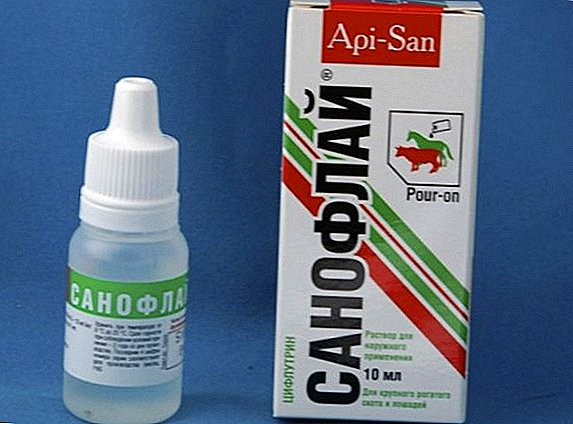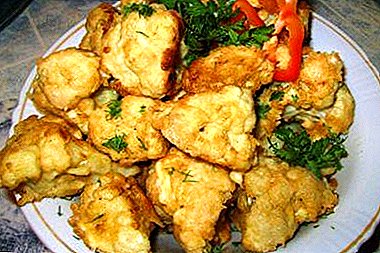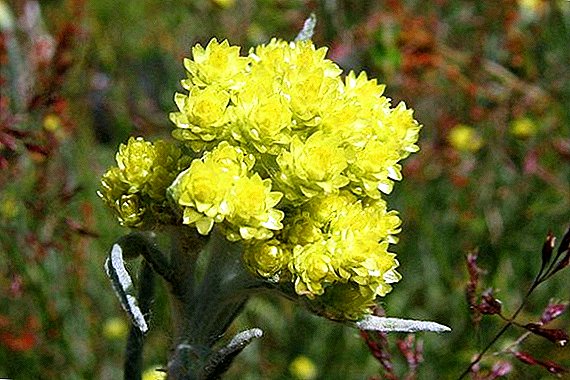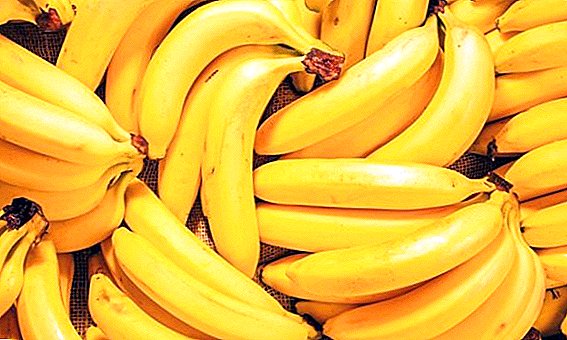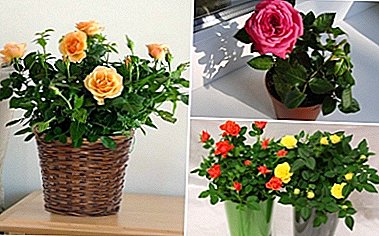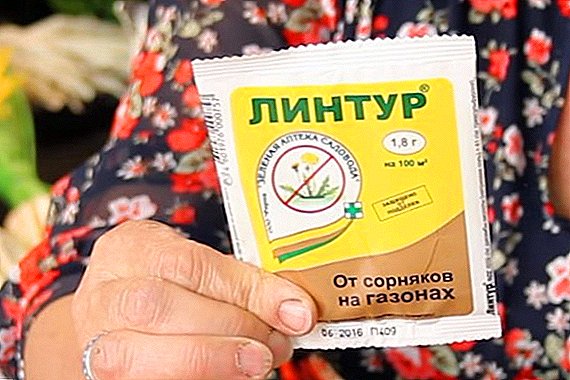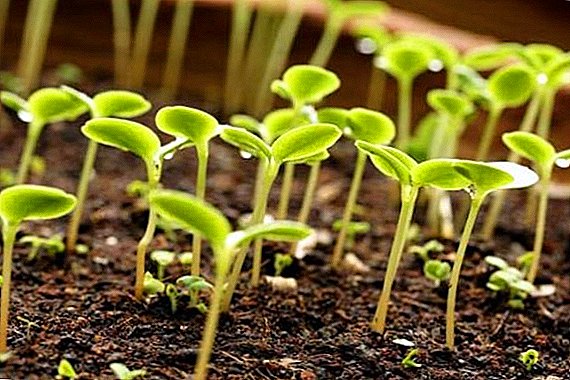 Many gardeners often do not see the difference between the vegetation period and the vegetation period. But they are significantly different. The first term refers to a specific period for all plants of a single climatic zone. The second term includes plants of a certain species or variety and the period of their activities.
Many gardeners often do not see the difference between the vegetation period and the vegetation period. But they are significantly different. The first term refers to a specific period for all plants of a single climatic zone. The second term includes plants of a certain species or variety and the period of their activities.
Basic concepts
Vegetation period
This period will be different for certain species and varieties of plants. Purely biological term that characterizes each plant separately.
The vegetation period is a certain time period during which the plant goes through an active period of its growth. For example, for early ripe cucumbers, the growing season is 95-110 days.
If we are talking about perennial plants, such as an apple tree, pear, plum, etc., then their growing season begins as soon as the flower buds begin to swell, and this period ends with a fall of leaves in autumn. Further, in winter, the inactive phase of tree growth is going on - this is not a growing season. However, if you properly care for the plant in winter, you can speed up its growing season, we'll talk about it later. 
Important! The vegetation period characterizes a separate plant species.
The vegetation period in the trees of the tropical and equatorial climate zones is a little different scenario. For example, it is considered to be the vegetative period of a banana tree for such a time interval: from the beginning of flowering to the gathering of fruits. After that, although the tree remains green, it temporarily leaves the growing season.
Vegetation period
This term covers all plants of a specific climatic zone. We will talk about all the plants for our zone, what is the growing season of fruit trees and how to define it, as well as about the growing season of some vegetable crops.
Did you know? From early December to late January, the roots of trees are completely inactive.
The annual life span of perennials can be divided into four periods:
- Vegetative growth;
- Transitional autumn;
- Period of relative rest;
- Spring transition.
 For the perennial plants of our climatic zone, these periods are repeated every year. The growing season covers only three items from this list: 1, 2 and 4. The winter period is not considered to be the growing season. The time interval of 4 points may begin with a slight delay, or, conversely, earlier than it should. It all depends on when the real spring heat begins, when the snow and night frosts leave.
For the perennial plants of our climatic zone, these periods are repeated every year. The growing season covers only three items from this list: 1, 2 and 4. The winter period is not considered to be the growing season. The time interval of 4 points may begin with a slight delay, or, conversely, earlier than it should. It all depends on when the real spring heat begins, when the snow and night frosts leave.
The temperature, which is necessary for the start of normal vegetation in plants, is different for each species or variety. For example, the growing season for an apricot tree comes earlier than for a cherry or a pear. But it is considered that for the beginning of the growing season the air temperature should be at least +5 ºС. This concerns not only fruit trees, but also vegetable crops.
Important! Plant nutrition with mineral fertilizers accelerates the vegetation process.
It is worth noting that the growing season of annual vegetable plants is still different. It is considered to be the beginning of this process of the rising of the seeds, and the completion of the drying of the plants. But some plants bear fruit several times over a warm period of time, then this period can be counted from the beginning of the emergence of flowers to the full ripening of the fruit.
Is it possible to determine the growing season
The growing season of different species and varieties of plants is very different and can not be enclosed in a certain framework. It is believed that this period can last from three days to three months. But plants are always influenced by various factors:
- soil condition;
- weather;
- heredity factor;
- various diseases and pathologies.
 But still there is a way to determine the growing season in plants and understand what it really is. For example, when you buy a bag of seeds, it must necessarily indicate the growing season, its beginning and end. As for fruit trees, we have already said that the beginning - when the buds swell, and the end - with the fall of the leaves. For example, the growing season of some varieties of potatoes begins with the germination of the sprout, and ends when the plant dries completely and the potatoes can be dug up.
But still there is a way to determine the growing season in plants and understand what it really is. For example, when you buy a bag of seeds, it must necessarily indicate the growing season, its beginning and end. As for fruit trees, we have already said that the beginning - when the buds swell, and the end - with the fall of the leaves. For example, the growing season of some varieties of potatoes begins with the germination of the sprout, and ends when the plant dries completely and the potatoes can be dug up.How is the growing season in different cultures
For different crops, the growing season goes on in different ways (what it is and how this term differs from the growing season, we have already said at the beginning).
Did you know? Citrus lemon is the least heat sensitive during the growing season.
Vegetation period of some vegetable crops:
- Potato vegetation takes an average of 110 - 130 days. This is an average indicator, as there are early, middle and late potatoes. This period begins with the germination of the germ. Then comes the period of pollination and flowering. Then on the green bush appear small "green apples", which in no case can not be eaten. When the plant dries, the growing season ends and you can harvest.
- The vegetation of early ripe cucumbers takes 95-105 days, and late ripening - 106-120 days. Before the flowering of the cucumber bush, it may take 25-45 days, after which the bush begins to bear fruit. And the last two months of the growing season the plant continues to bloom and at the same time bear new fruits. After that, it dries out in early autumn, and this period ends.
- The growing season of tomatoes (many people say that, although it is correct to say: "the growing season of tomatoes") is very similar to the same period of cucumbers. Only the time frame is slightly different, since tomatoes are divided into the following types: early ripening - 55-75 days, early ripening - 76-95 days, middle ripening - 95-110 days, medium late - 111-120 days and late - 121-135 days.
- The growing season of cabbage lasts from 3 to 6 months, depending on the plant variety.



The growing season for fruit trees is slightly different from vegetable crops. Here is examples of the growing season of some perennial trees:
- Vegetation period in many early and middle-ripening apple varieties comes with the first heat, and we can say that this is the main indicator. When the temperature reaches +5 ºС and does not fall during the week, the tree starts to bud. This is the beginning of the growing season. This period ends in late autumn, when the leaves fall.
- Cherry and plum begin their growing season 10-20 April. The period from the appearance of buds to leaf blooming takes one and a half to two weeks. Then, in early May, the trees begin to bloom
- Pear vegetation begins when the temperature stabilizes and reaches an average of +6 ºС. With the beginning of this period, the root system of the tree begins to become active and calms down at average daily temperatures of 15-18 ºС.
Important! The vegetation period depends on the genetics of the plant, and this period will not always be correctly accelerated.
What is the vegetation of vegetable crops and fruit trees, we figured out. A few words should be said about corn, because many people think that it is grown incorrectly in our climate zone. Sometimes the corn simply does not have time to finish its growing season, and it is harvested ahead of time, before the onset of solid cold. Expert advice on this issue: sow earlier and shorten the growing season, which we will discuss in the next section. 
Is it possible to shorten the growing season and how to do it
Reduction of the growing season - this is when the plant goes through the entire vegetation stage faster than the generally accepted time frame. Many gardeners often ask such questions, because everyone goes to try fresh cucumbers and tomatoes earlier than it should be.
To do this, start sowing seedlings back in February. Many sow the seeds in small boxes and put on the windowsill, and some create special greenhouses. All of these methods are great if you want to grow vegetables, namely those that give fruit.
But if you figure out what the growing season is for cauliflower, Brussels and other varieties of cabbage, it becomes clear that it does not bring fruit, in fact, you eat the leaves. Here we need a slightly different approach to shorten the growing season. In this case, it is worth strengthening growth and slowing the flowering process. This can be done through special preparations and fertilizers.
 There is a third type of shortening of the growing season. Not everyone understands what the process of reducing the growing season of fruit trees means. To do this, take care of the plant. Late autumn trees need to be watered properly with various mineral feeds. In winter, in extreme cold, you need to throw a lot of snow on the root system of the tree. Then in the spring it will begin to bloom earlier and more actively.
There is a third type of shortening of the growing season. Not everyone understands what the process of reducing the growing season of fruit trees means. To do this, take care of the plant. Late autumn trees need to be watered properly with various mineral feeds. In winter, in extreme cold, you need to throw a lot of snow on the root system of the tree. Then in the spring it will begin to bloom earlier and more actively.
Now we have understood the process of growing season of various plants and understood what it is and how to manage this process. Finally I would like to say that every gardener can have a great harvest if he adopts this article.


